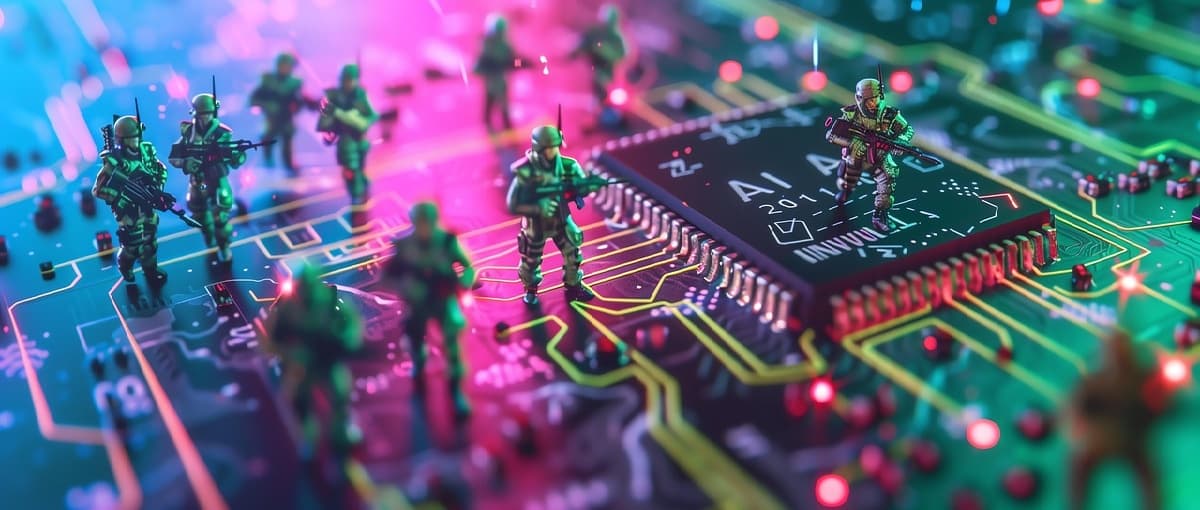AI systems have become an integral part of our daily lives, but their imperfections pose potential risks. Red teaming, a practice aimed at identifying weaknesses in AI systems, is crucial in enhancing their safety and reliability. As the use of these technologies expands, the necessity for thorough testing intensifies to prevent harmful consequences and ensure their intended functionality.
Issues within AI systems can lead to significant problems, ranging from biased decision-making to data breaches. Thorough evaluation of these systems plays a pivotal role not only in safeguarding one’s interests but also in upholding societal well-being. With the rapid advancements in AI technology, establishing robust safety measures becomes imperative. Red teaming provides a proactive approach in addressing challenges that may arise as these tools become more commonplace in everyday use.
The concept of red teaming in AI involves a critical process of identifying vulnerabilities within artificial intelligence systems through various testing methods to ensure their safety and reliability. It entails simulating attacks on the system to unveil flaws, test the model’s performance and security, and assess its reactions under stress or adversarial scenarios. By conducting red teaming exercises, organizations can better equip their AI systems to tackle real-world risks effectively.
Originating from military contexts to explore weaknesses in strategies and defenses, the practice of red teaming expanded to other fields, including cybersecurity, in the late 1990s and early 2000s. Its significance grew as technology advanced, particularly with the rise of machine learning. Today, red teaming is essential in ensuring the safe and effective operation of AI systems in diverse environments.
Challenging AI systems is imperative to ensure their intended behavior and reliability. By actively testing these systems, weaknesses can be identified, and their functionality can be verified. Uncovering vulnerabilities helps in improving the system by simulating attacks and analyzing data for biases in decision-making. Failure to address these flaws could lead to serious issues when AI is deployed in real-world scenarios.
It is crucial to validate an AI system’s robustness to ensure it can withstand various challenges and remains stable under pressure. Stress testing exposes the system to extreme conditions to evaluate its performance under unusual circumstances. Continuous monitoring post-deployment tracks system performance over time, instilling trust in AI systems for confident use in critical applications.
Understanding adversarial techniques is essential in developing robust defenses against potential attacks on AI systems. Adversarial attacks involve subtle changes to input data that can mislead the system, leading to significant errors in decision-making. Recognizing evasion and poisoning attacks enables the formation of a solid defense strategy.
Implementing proactive defense strategies, such as adversarial training and regular testing against known attacks, helps maintain the integrity of AI systems. Regular updates and monitoring for new attack methods are essential to stay ahead in safeguarding AI systems against adversarial attacks.
Red teaming holds strategic importance in various industries where AI systems play a significant role. In finance and banking, red teaming helps test systems against attacks to prevent data breaches or fraud, ensuring system reliability and compliance. In healthcare, red teaming is vital for identifying vulnerabilities in systems handling personal health information. Similarly, in the automotive industry, red teaming ensures the safety of autonomous vehicles by evaluating how they respond to threats and environmental changes.
In deploying AI ethically and responsibly, transparency and fairness are paramount. Transparency ensures that the decision-making processes behind AI systems are clear, promoting trust and scrutiny. Fairness in AI prevents biases and fosters equal treatment for all individuals, leading to better outcomes and a more inclusive environment.
By prioritizing red teaming in AI systems, organizations can identify and mitigate vulnerabilities, ensuring the safe and effective operation of these technologies. As AI continues to advance and integrate into various sectors, red teaming remains a critical practice in strengthening the resilience of AI systems and upholding ethical standards in their deployment.


